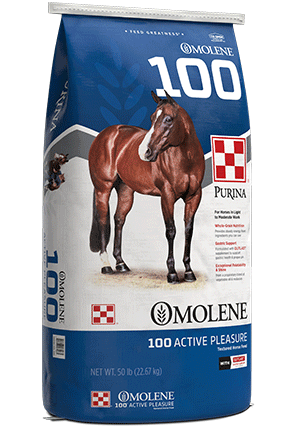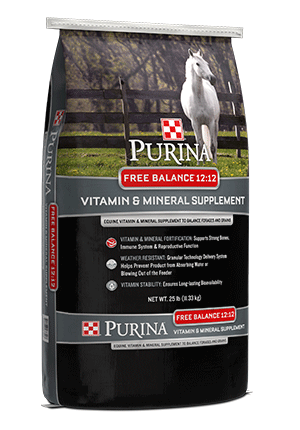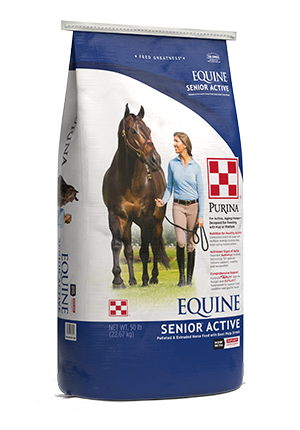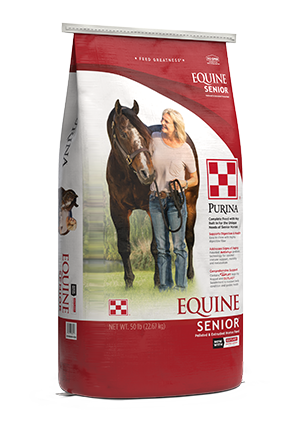
What is the equine microbiome?
Life Stage : Breeding & Growing
Nutrition : General Nutrition
Nutrition : Ingredients & Nutrients

These days it’s hard to talk about nutrition and not mention the term “microbiome.” But what exactly is the microbiome?
The term microbiome refers to the combined population of all the bacteria, fungi, protozoa, and viruses that inhabit a specific area. At Purina, we are most interested in the microbiome of the equine gastrointestinal tract, but every part of your horse has its own unique microbiome. Each individual “bug” in a microbiome plays a specific role and it is because of their combined efforts that the horse can survive and thrive.The gastrointestinal microbiome of the horse is dictated by a variety of factors including diet, age, metabolic status, activity level, pregnancy status, and disease state. Interestingly, we have also learned that the development of the microbiome occurs early in the life of a foal. Quickly following foaling, the microbial foundation is built along a specific blueprint that is influenced by its environment and its mother. As the foal ages, more pieces of the blueprint are filled in. Research from the Purina Animal Nutrition Center has shown that early in the life of the foal, the fecal microbiome is drastically different from that of its mother, but in a very short time, the microbial profiles are similar between mare and foal pairs.
Microbes turn feed into fuel for horses
It is well established that a horse’s diet provides the nutrients necessary to support maintenance of essential bodily functions along with growth and performance. While the gastrointestinal (GI) tract is uniquely designed to harvest essential nutrients from the diet, without the microbiome, indispensable nutrients would fail to be extracted and certain feedstuffs would pass through unused. Each segment of the horse’s GI tract (from mouth to anus) maintains a specific microbial ecology, the workhorses of the microbiome reside in the large intestine (cecum and large colon) of the horse. The microbes present there are primarily tasked with the fermentation of fiber or structural carbohydrates (cellulose, hemicellulose, pectin and lignin) into short-chain fatty acids (acetate, propionate, and butyrate), sometimes referred to as volatile fatty acids or VFA’s. These fatty acids are utilized by the horse as an energy source and supply up to 60-70% of their basal energy requirements.Not just about digestion
Research has shown that every part of the horse’s GI tract has a microbiome characterized by a specific population of microorganisms. As more research has been conducted, the link between the microbiome and health has become increasingly apparent. Changes in the microbiome have been linked to health issues like laminitis, equine metabolic syndrome, colitis, colic and inflammatory bowel disease. Even more surprising has been the identification of elaborate communication pathways between the host (your horse) and the microbes in its gut. This communication is evident by the role that the microbiome plays in immune function, inflammation, and even cognitive function and behavior.The gastrointestinal microbiome of every horse is unique to them. The microbiome is as unique as a fingerprint, or the whorl on your horse’s head. While unique, it is also dynamic, as the factors that drive the development of the microbiome (diet, age, metabolic status, activity level, pregnancy status and disease state) change, so too does the relative population of the microbes that make up this diverse ecosystem. It makes sense then, that the ideal microbiome for one horse may be inappropriate for another horse. That’s why it is so important to learn as much as we can about what is normal (and abnormal) before we can expect to influence the microbiome in a meaningful way through nutrition.
Learn more about Purina’s equine microbiome research.




